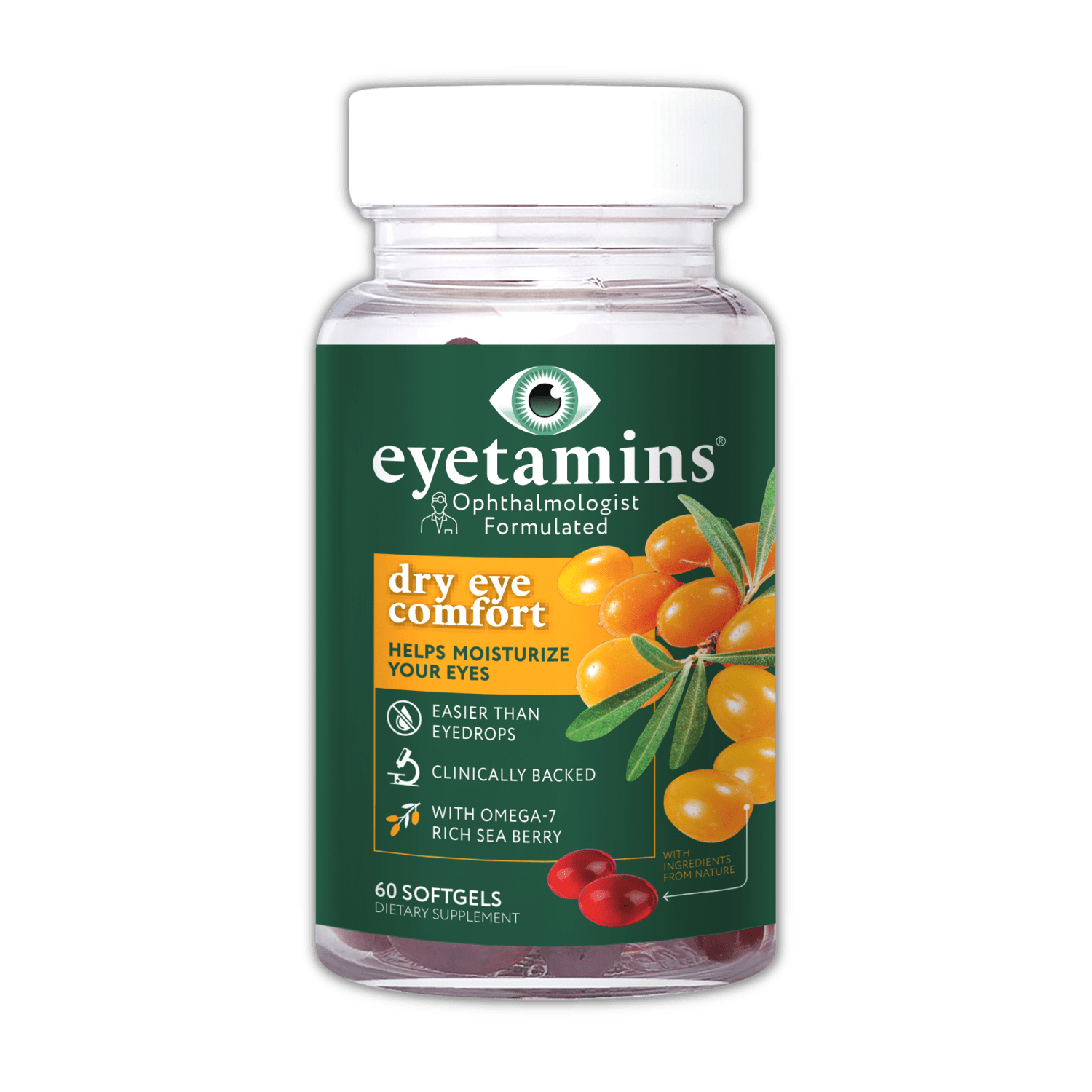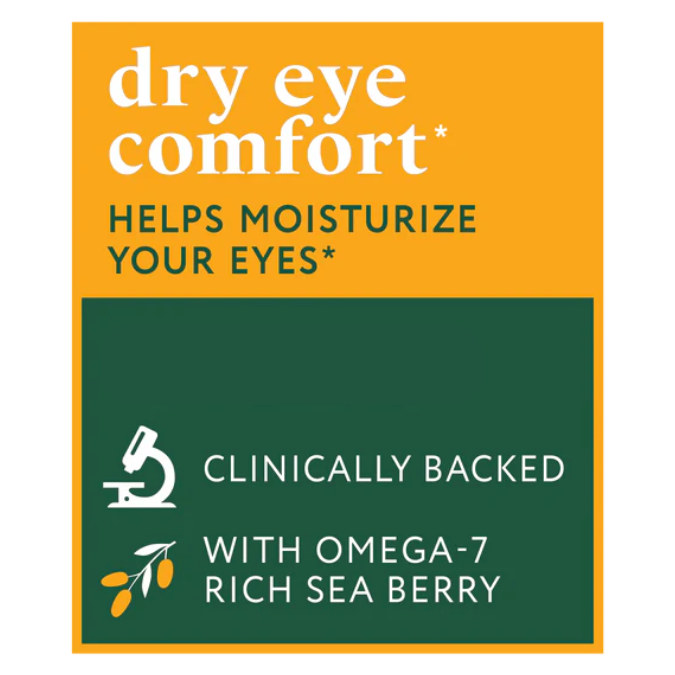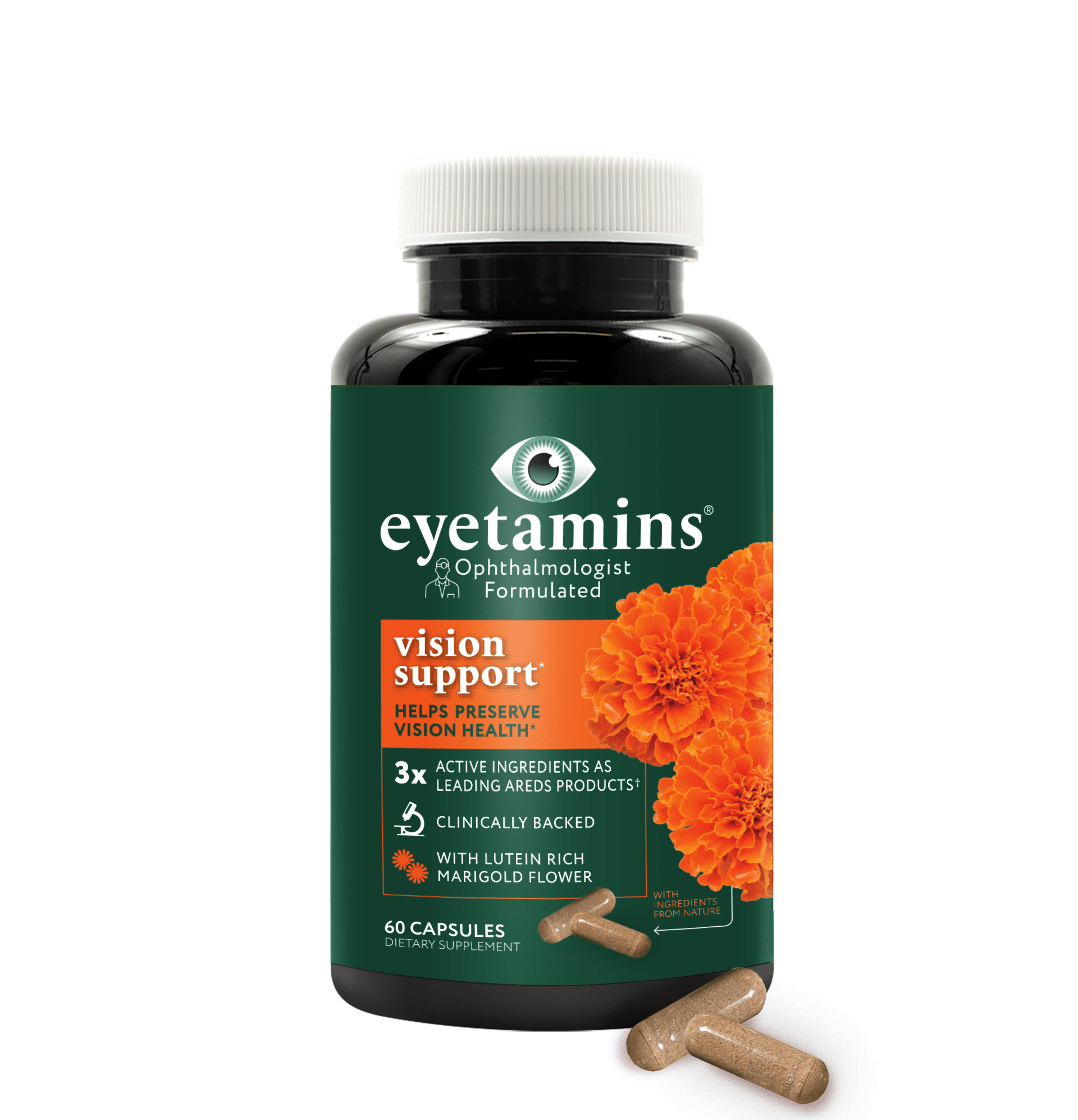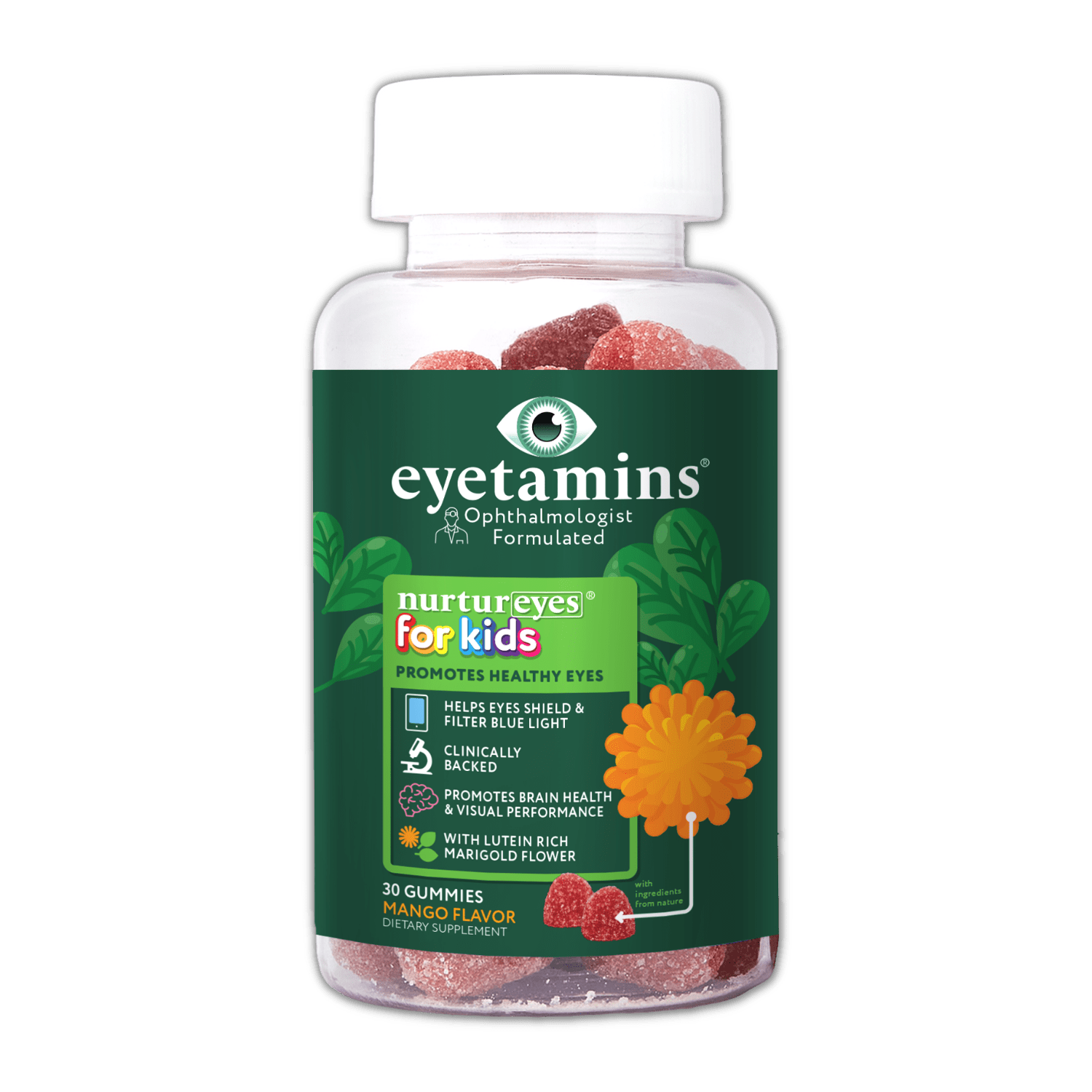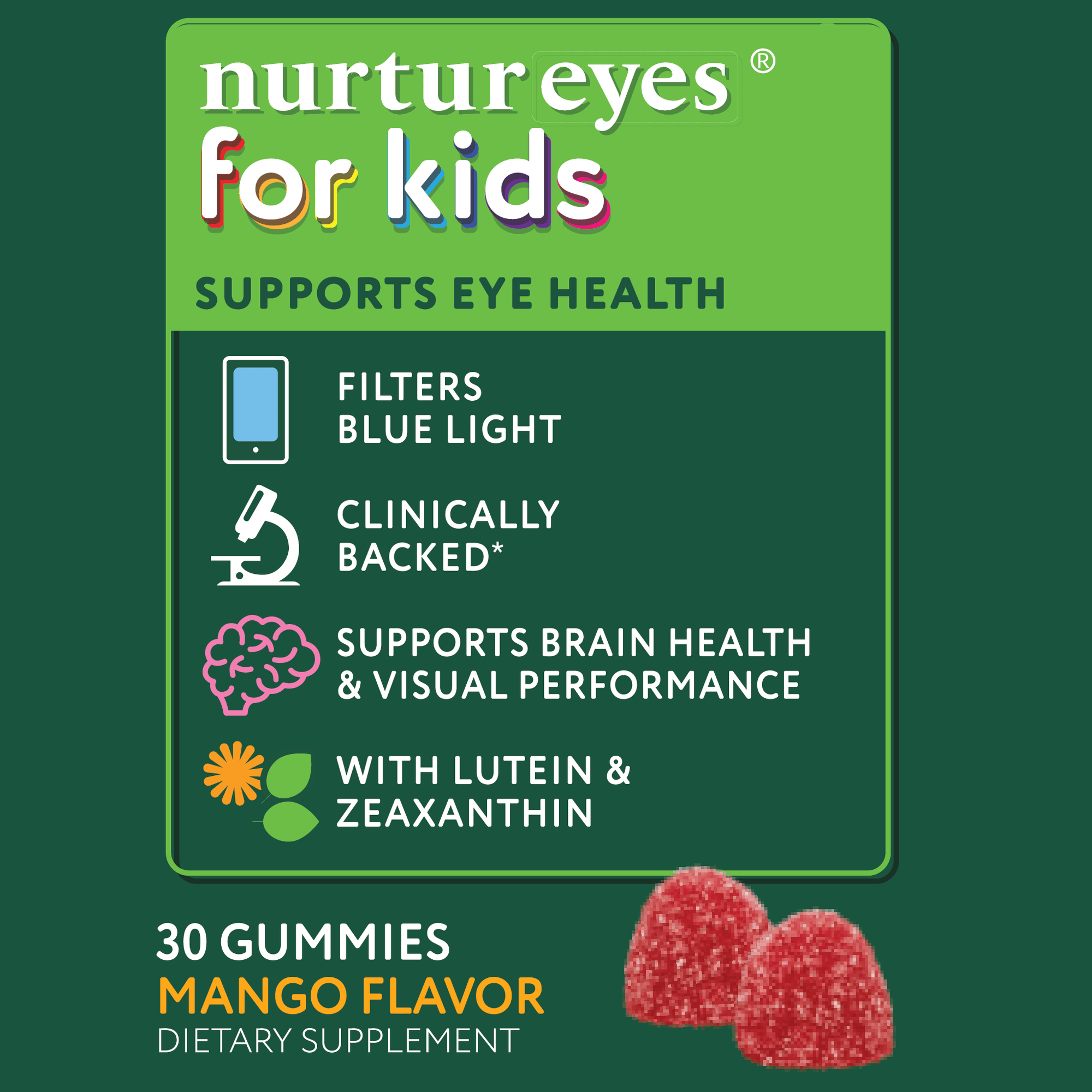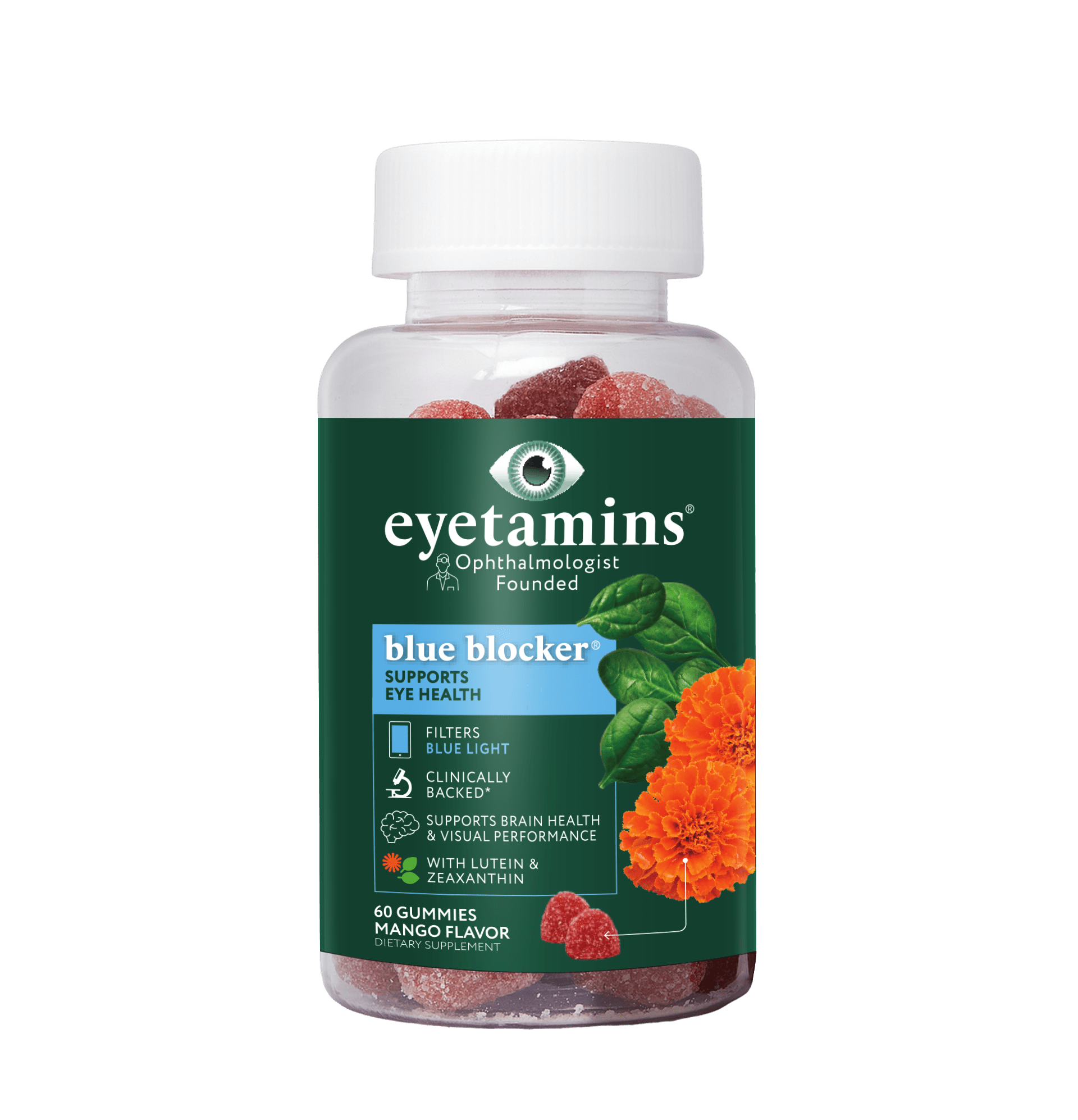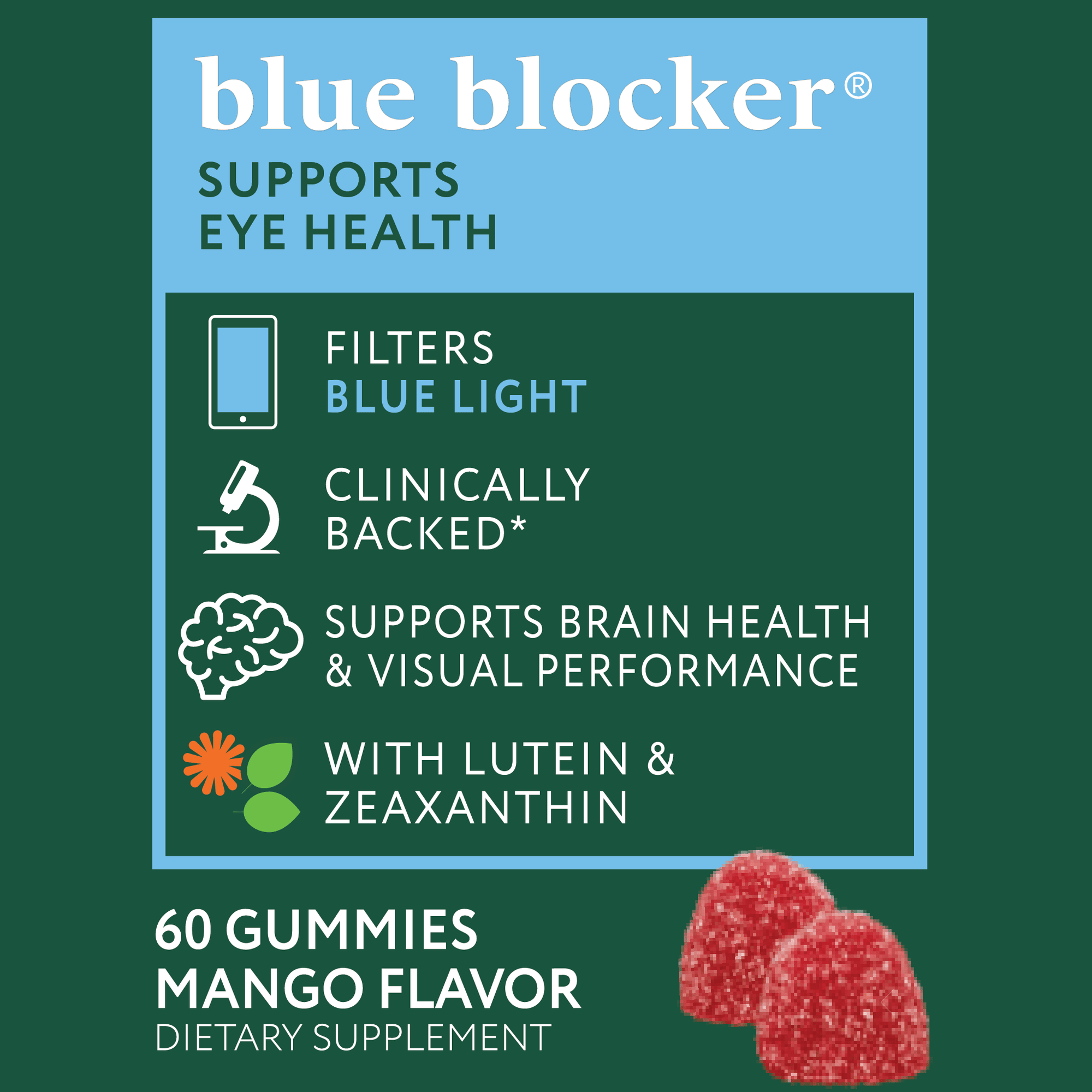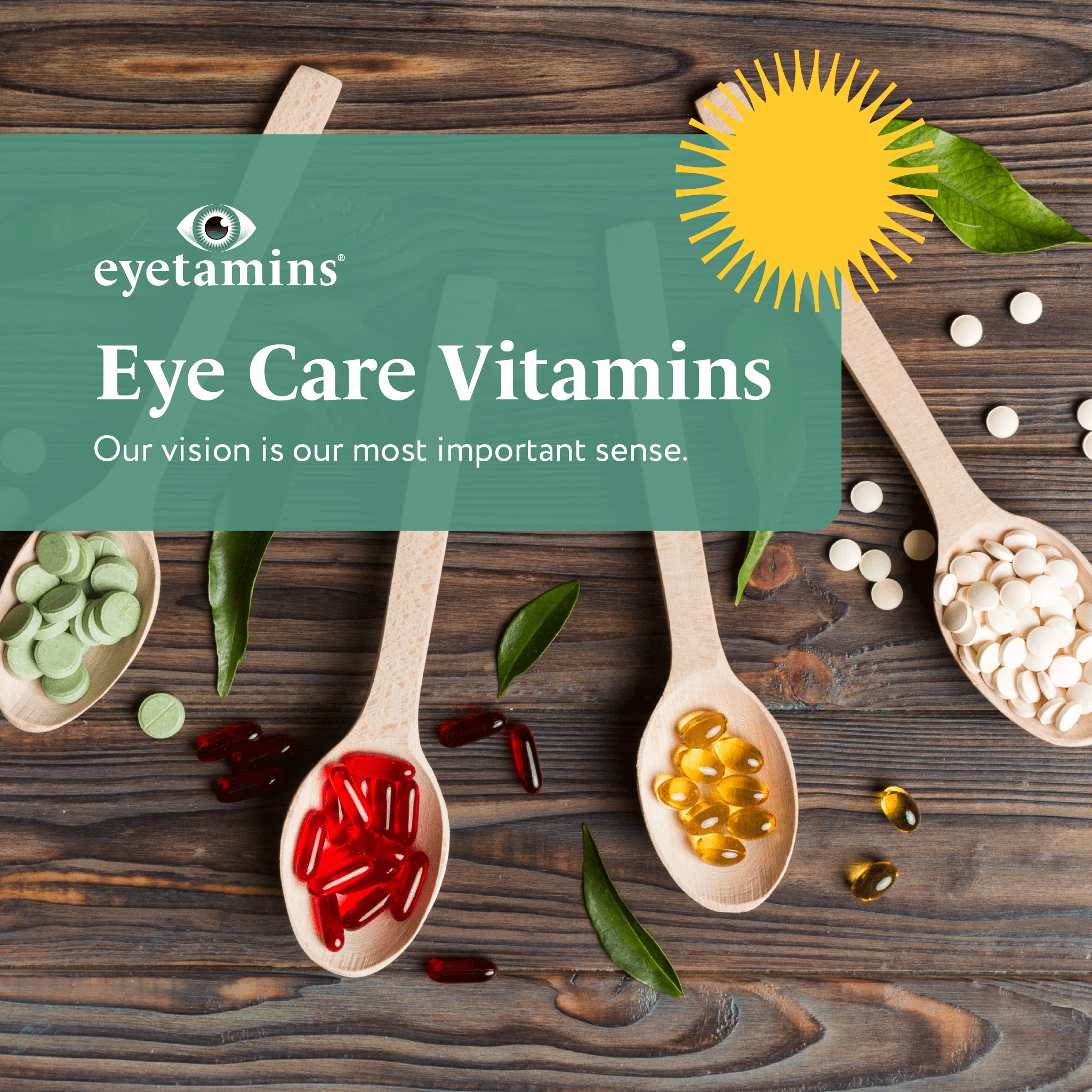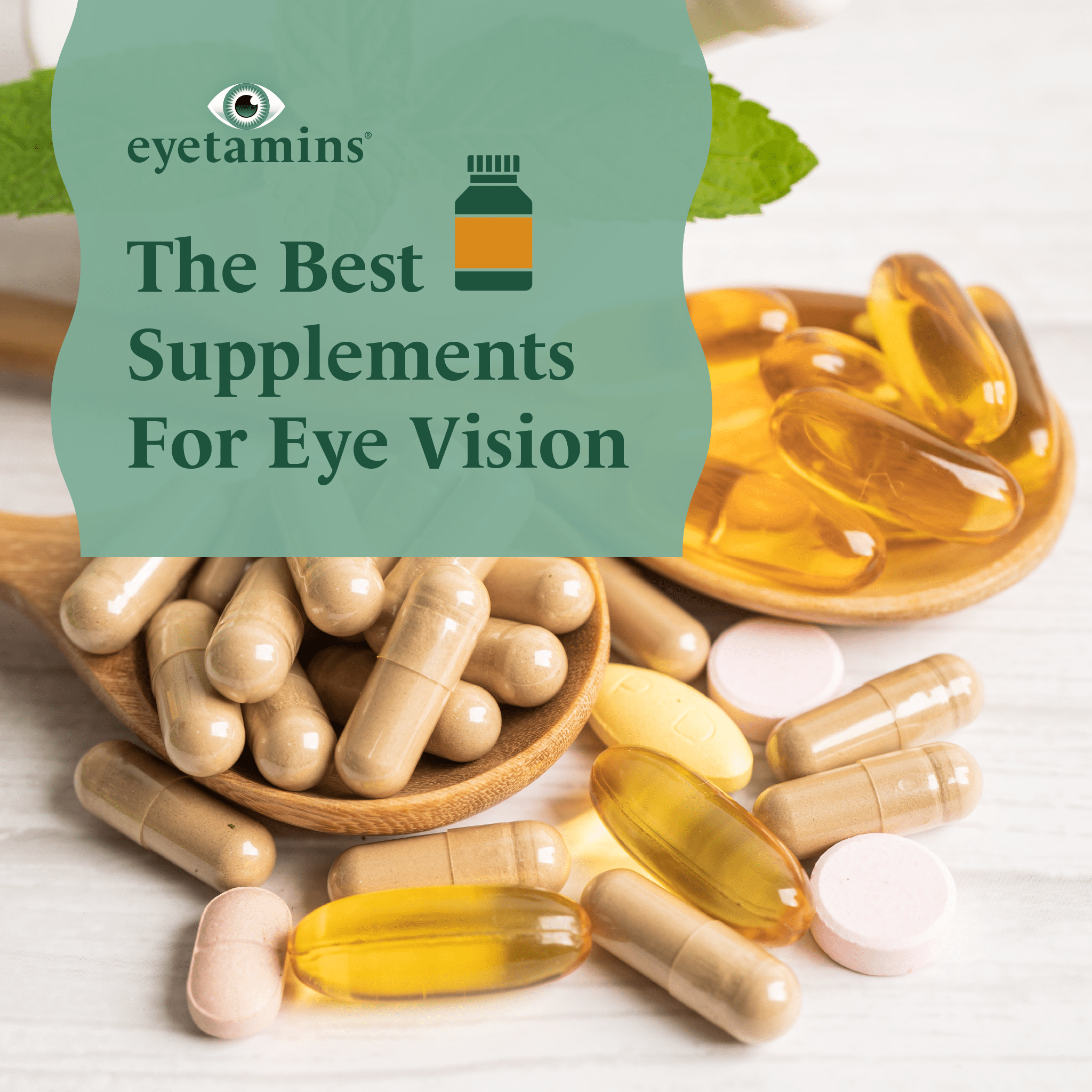· By Dr. Kaushal M. Kulkarni, M.D.
The Blue Light Guide
Not only is this light found throughout our big sky, but it is also found in our smartphones and LED TVs. Is this light that is found everywhere harmful or helpful to us? In this article, we will discuss the properties of blue light and how it affects us.
What Is Blue Light
These rays of light come in both natural and artificial forms. We will explore each.
Natural: Let’s start with the natural source of light rays: the sun. Sunlight is a spectrum of red, orange, yellow, green, blue, and violet rays of light. When combined, the light is white, which we know as sunlight. Sunlight includes visible light rays, as well as invisible infrared radiation and ultraviolet rays. The different colors within the visible light rays have different amounts of energy. The rays with longer wavelengths have less energy, while the shorter ones have more energy.
The light rays that have a reddish color have a longer wavelength, which means less energy. The wavelengths on the red end are around 700 nanometers (nm). Just beyond the red end of the visible light spectrum comes invisible infrared light. Infrared light is warming and is often used in heat lamps.
The rays of blue color have a shorter wavelength ranging from 380 to 500 nm and thus have more energy requiring some people to opt in for using blue light blocking glasses. Turquoise light ranges from 450 to 500 nm. The rays which have the very shortest wavelengths and highest energy are violet or violet light which are roughly 380 to 450 nm. About one-third of visible light is known as high-energy visible (HEV). One step further from that comes invisible electromagnetic rays called ultraviolet (UV) radiation which is responsible for our sunburns and skin cancer.

So if sunlight is white, why exactly is the sky the color that it is? Well, sunlight is traveling through the atmosphere, and when the short, high energy blue rays hit the air molecules, this causes them to scatter. This causes the sky to take on that color.
It is natural for us to use the cobalt rays of light from the sun as a way to regulate our time to sleep and our time to wake. These rays of light are high energy, so they boost our alertness, heighten our mood, allows us to react quicker, and can increase our well-being. Therefore we naturally want to be awake during the daytime. And before the invention of artificial lighting, the sun was the major source of light. So when the sun went down, people would spend their evenings mostly in darkness and go to sleep. The sleep-wake cycle based on the presence of sunlight gives us the basis for our circadian rhythm, our body’s natural clock. So what happens when we go against nature by introducing artificial light during nighttime? Let’s look at the effects of artificial rays of light.

Artificial: We are exposed to rays of light artificially through:
- Smartphones
- Laptops
- Tablets
- Desktop computers
- LED lights
- Compact fluorescent (CFL) bulbs
- Flat-screen LED TVs
Effect on Sleep: Though all forms of light can affect our sleep, the blue glow of light has a particularly strong effect on the suppression of melatonin. Melatonin is a hormone released by the pineal gland that regulates our circadian rhythms. Being exposed to this light causes the suppression of this hormone, seriously impairing our ability to fall asleep. Even dim light can cause a reduction in melatonin secretion. Eight lux, which is about twice the amount of brightness of a night light, is enough to affect. Researchers say that the main cause for lack of sleep is due to light at night. And lack of sleep can increase your risk of depression, diabetes, and heart problems.
When we are exposed to this light from screens or other artificial light sources at night, it is signaling to our body that it is time to be awake. LED lights and fluorescent light bulbs we use these days are popular due to their energy-efficiency. However, they do produce more of the glow than their incandescent counterparts, having more of an effect on our ability to sleep. This means that the beneficial aspects of these wavelengths can be disruptive during the nighttime. And with the use of screens and bulbs that emit this light increasing, our circadian rhythms are becoming more and more affected.
If you find yourself getting less sleep due to screen time, you may want to think about switching up your nightly routine. Here are a few tips to reduce your nighttime glow exposure to get better sleep:
- Get a lot of bright light during the day, preferably with some vitamin D. This will help you be more awake and alert during the day, and get more sleep at night.
- Change your night lights to dim red lights. Red lights have a lower energy wavelength and will not disrupt your melatonin secretion.
- Try to avoid screen exposure two hours before bed. Opt for a book or magazine instead.

Effect on Eyes
Visible rays of light pass through the cornea and lens of our eyes and reach the retina. Animal studies have suggested that being exposed to this light consistently over time could damage their retinas. And the damage of the retina could result in certain vision issues. It is too early to know whether this effect happens in humans.
This light from screens can also decrease contrast, which causes our eyes to strain more. Some causes of digital eye strain may be fatigue, dry eyes, how you sit, and bad lighting. If you must be exposed to screens for long periods, be sure to practice good screen habits such as taking frequent breaks, and using eye drops.
True to Nature
We are still in the early stages of finding out the effects of natural and artificial wavelengths. As we continue to follow the studies on the subject, we encourage you to take care of your eyes. The best way to do this is by living as true to nature as possible. Limit blue light exposure at night, eat a good diet along with healthy supplements, and get plenty of rest. Your eyes will thank you.


